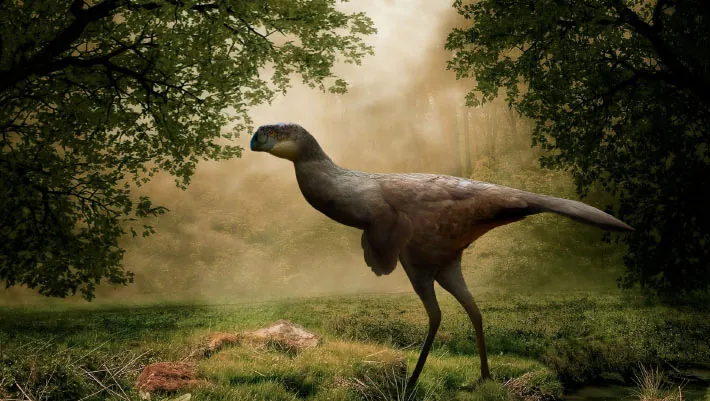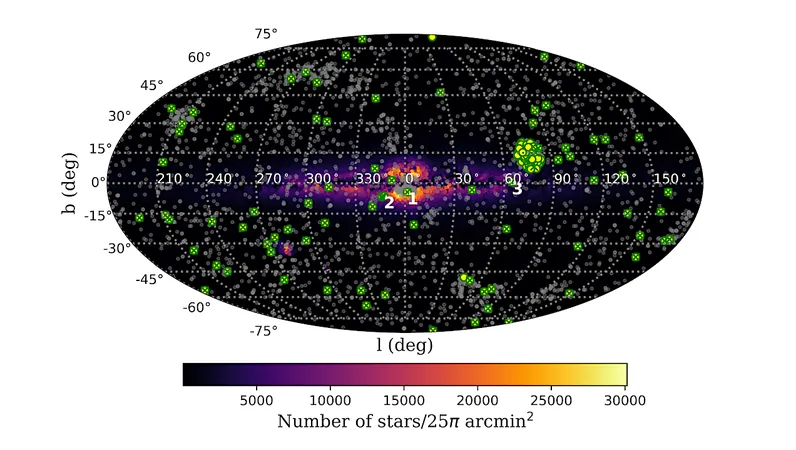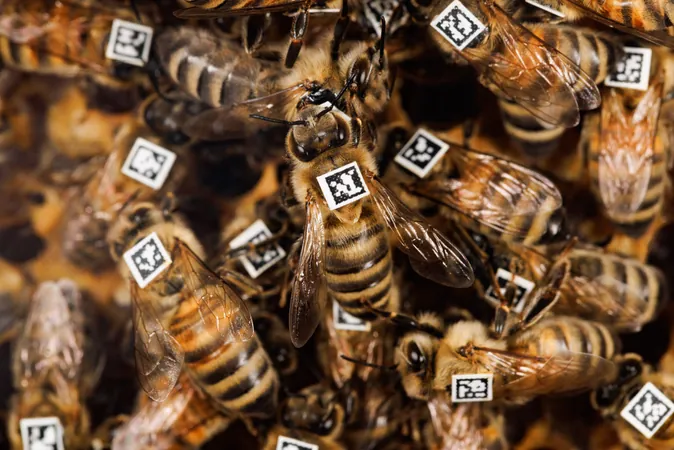
Exciting New Dinosaur Discovery: Meet Yuanyanglong bainian, the Latest Oviraptorosaur Explained!
2024-11-05
Author: Mei
A groundbreaking discovery from Inner Mongolia, China, has unveiled a new genus and species of early-diverging oviraptorosaurian dinosaur, named Yuanyanglong bainian. This incredible find shines a light on the diversity of oviraptorosaurs—specialized theropods that thrived during the Cretaceous period.
According to Dr. Xing Xu, a well-respected paleontologist from the Institute of Vertebrate Paleontology and Paleoanthropology at the Chinese Academy of Sciences, the Oviraptorosauria group has long captivated researchers through its fascinating fossil record throughout Asia and North America. Recent discoveries, including this one, have significantly advanced our understanding of their behaviors, growth patterns, and reproductive biology.
What Sets Yuanyanglong Bainian Apart?
Yuanyanglong bainian lived approximately 110 million years ago during the Early Cretaceous. Its unique combination of physical traits allows it to stand out from earlier-known oviraptorosaurs. Key characteristics include a notably short, deep skull and unique pelvic features, such as a triangular obturator process and an elongated pubis that points downward.
Dr. Xu and his colleagues note that what makes Yuanyanglong bainian particularly intriguing is its distinctive morphology—especially the longer hooked posterior process of the pubic boot compared to its rounded anterior process. This specific anatomical configuration provides insights into the evolutionary trajectory of oviraptorosaurs.
Unearthing the Fossils
The exciting discovery stemmed from two well-preserved articulated skeletons, which included a partial skull and various postcranial bones, unearthed in the summer of 2021 at the Maortu locality of the Miaogou Formation in Chilantai, western Inner Mongolia. This finding marks the first Early Cretaceous record of an oviraptorosaur near the Gobi Desert, significantly enriching the fossil narrative of the region.
Ecological Insights and Comparisons with Modern Birds
What’s particularly fascinating about Yuanyanglong bainian is that its skeletal traits show similarities to modern wading birds, hinting at a potential ecological role that involved wading. These dinosaurs had a very short postacetabular process on their ilium and peculiar elongated hindlimbs, suggesting they might have navigated through wet environments searching for food.
Moreover, preserved gastroliths, stones that assist in digestion, found alongside the fossils indicate that this new species might have had a gastric mill function similar to that of Caudipteryx, another type of theropod dinosaur. The research team reports early evidence of differing digestive modes between early and late-diverging oviraptorosaurs, opening avenues for further investigation into their diets and ecological roles.
Conclusion: A New Chapter in Oviraptorosaur Research
As paleontologists continue to analyze the implications of this discovery, the findings have been documented in detail in the journal Cretaceous Research. The study not only bolsters our understanding of oviraptorosaurs' evolutionary history but also adds an exciting new chapter to the ongoing tale of dinosaur diversity. Stay tuned for more thrilling updates from the world of paleontology as scientists unravel the history of these remarkable creatures!







 Brasil (PT)
Brasil (PT)
 Canada (EN)
Canada (EN)
 Chile (ES)
Chile (ES)
 España (ES)
España (ES)
 France (FR)
France (FR)
 Hong Kong (EN)
Hong Kong (EN)
 Italia (IT)
Italia (IT)
 日本 (JA)
日本 (JA)
 Magyarország (HU)
Magyarország (HU)
 Norge (NO)
Norge (NO)
 Polska (PL)
Polska (PL)
 Schweiz (DE)
Schweiz (DE)
 Singapore (EN)
Singapore (EN)
 Sverige (SV)
Sverige (SV)
 Suomi (FI)
Suomi (FI)
 Türkiye (TR)
Türkiye (TR)